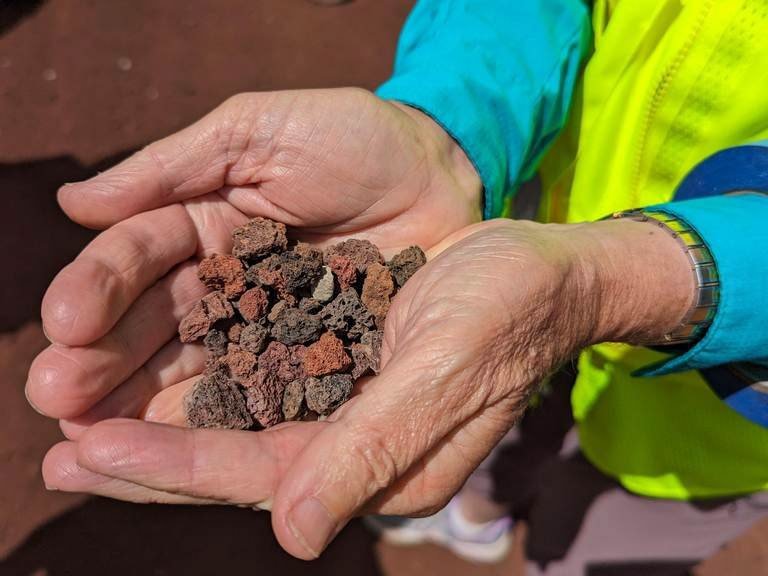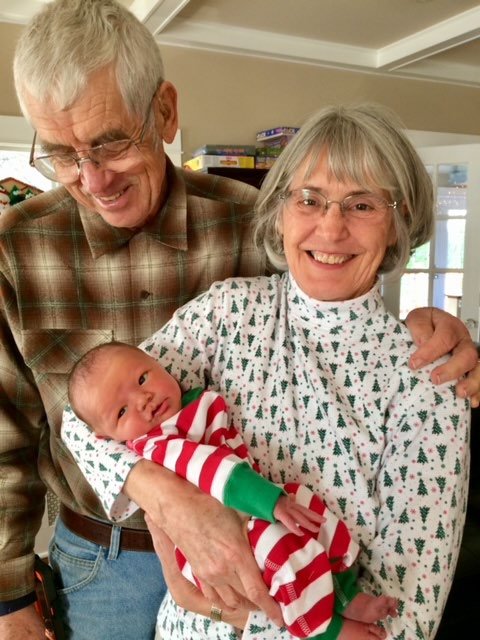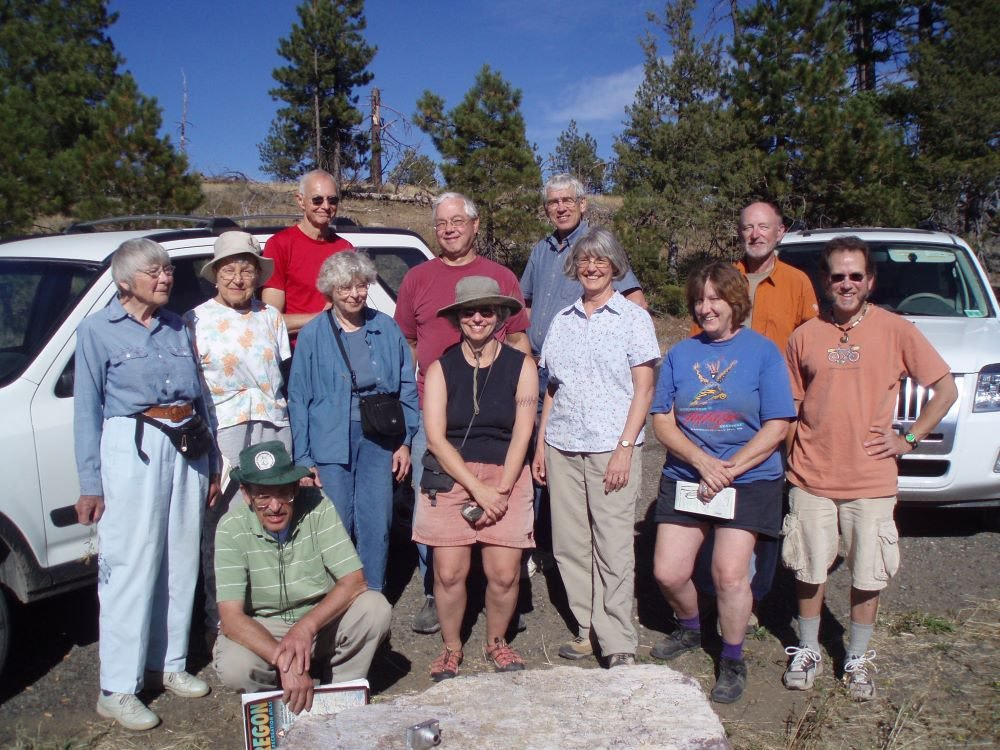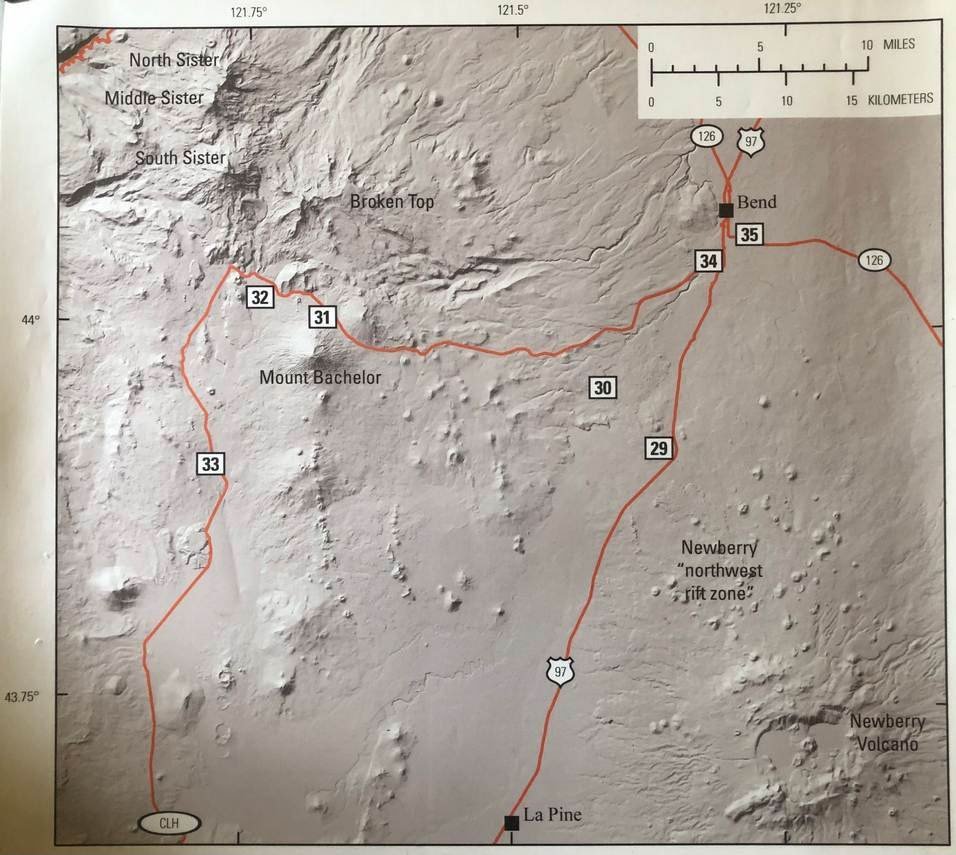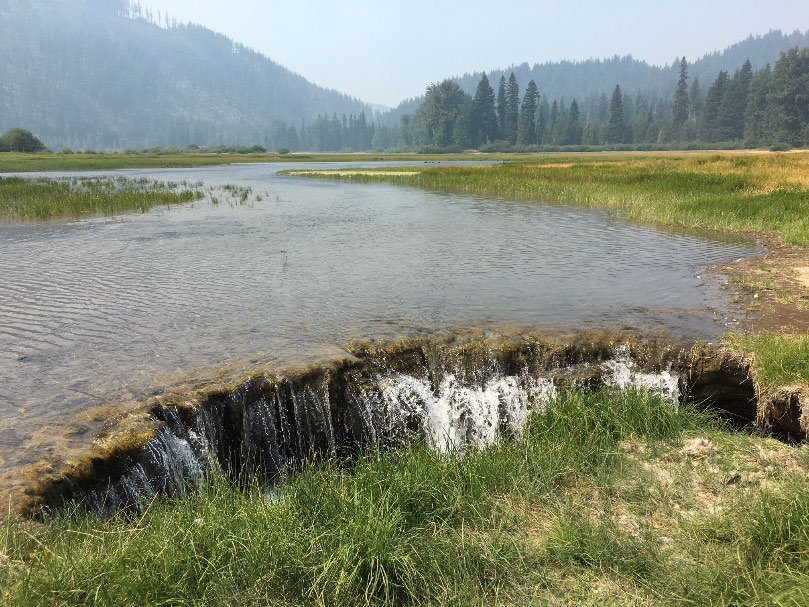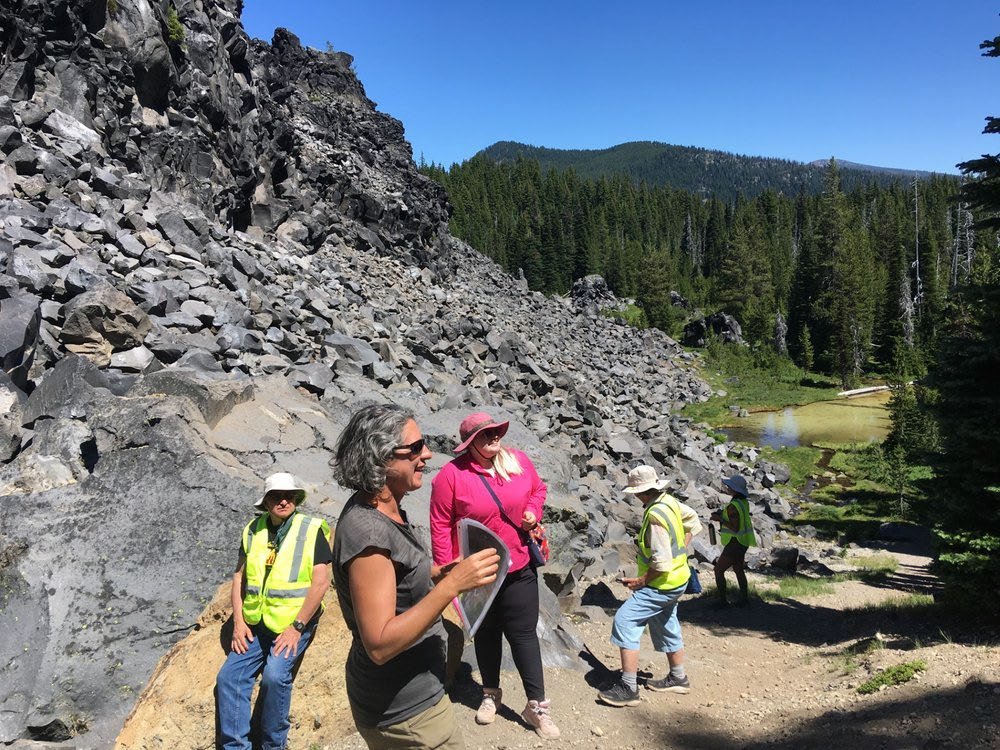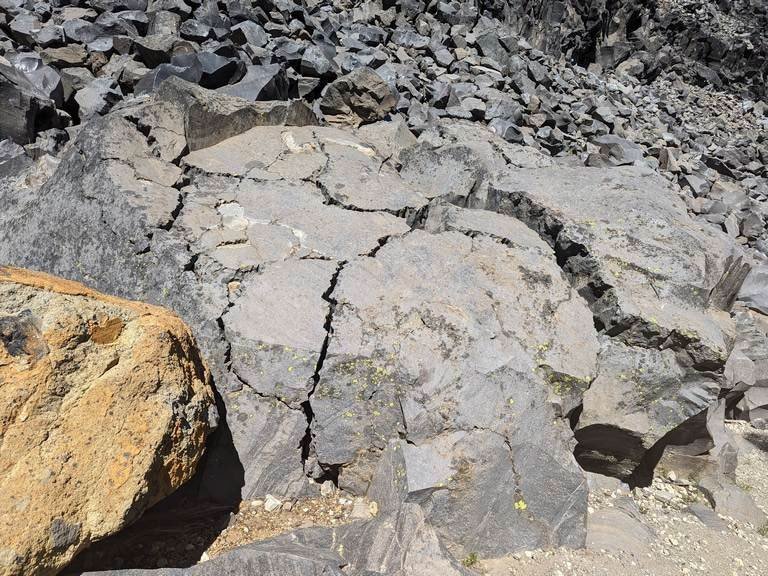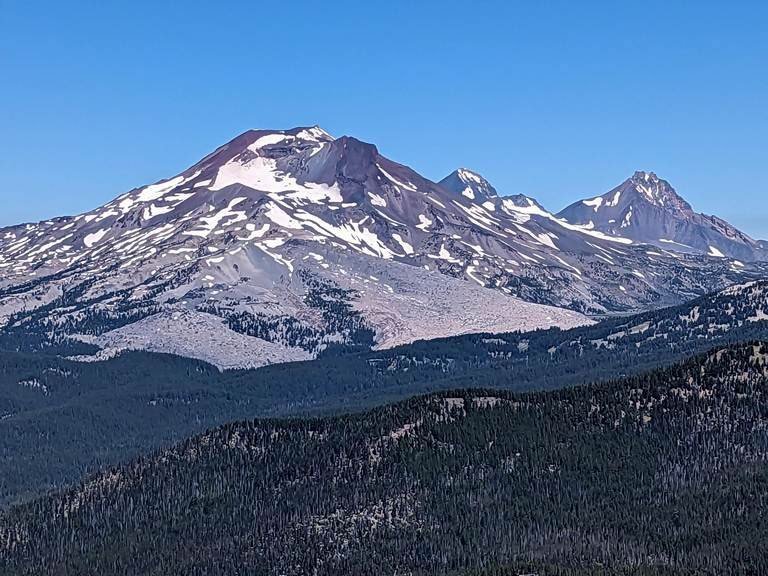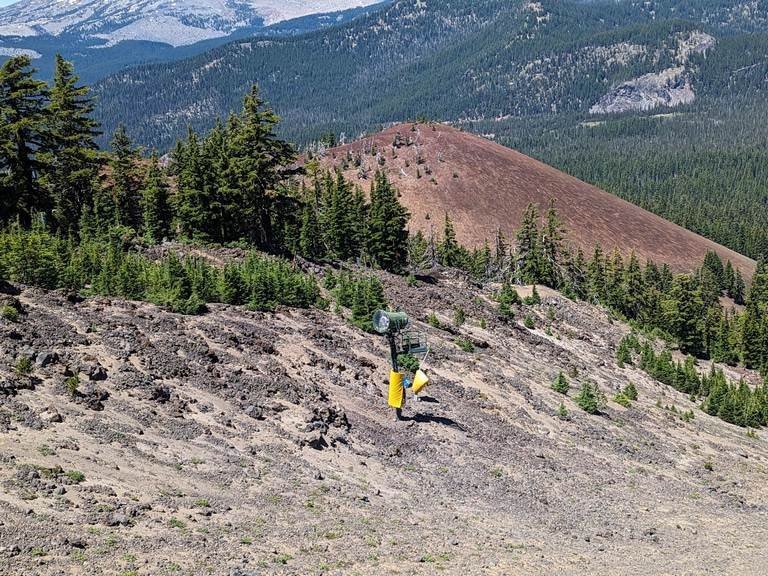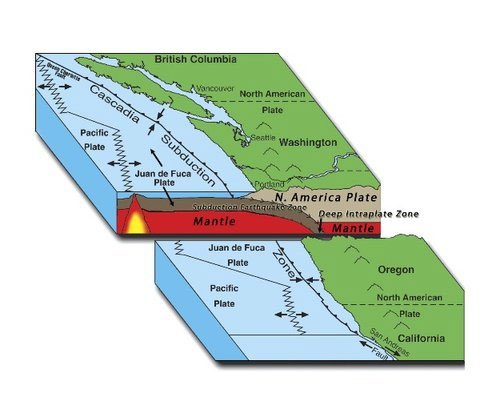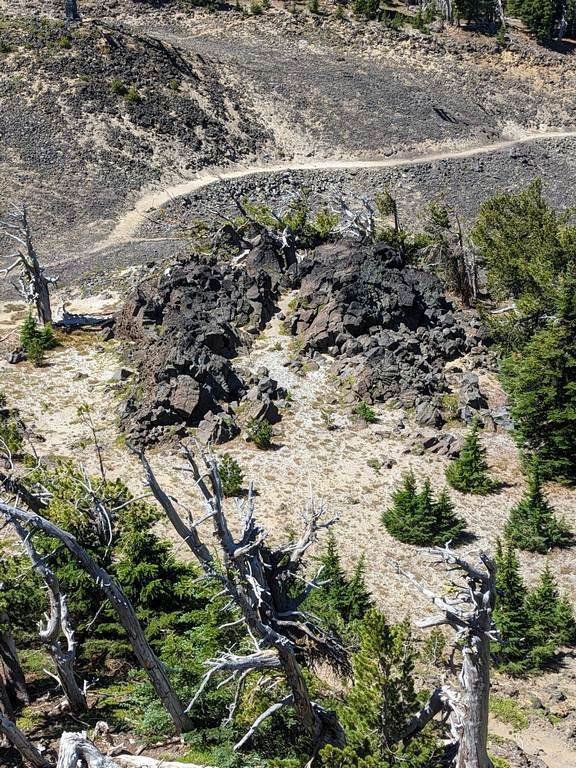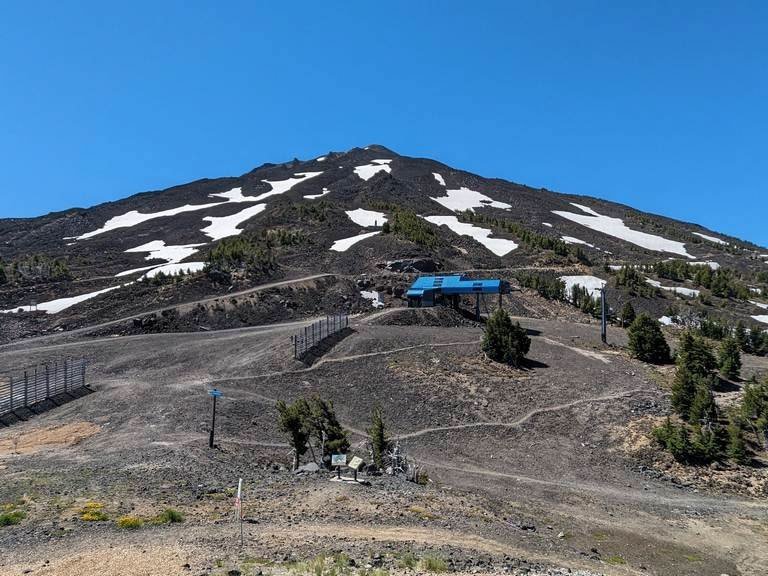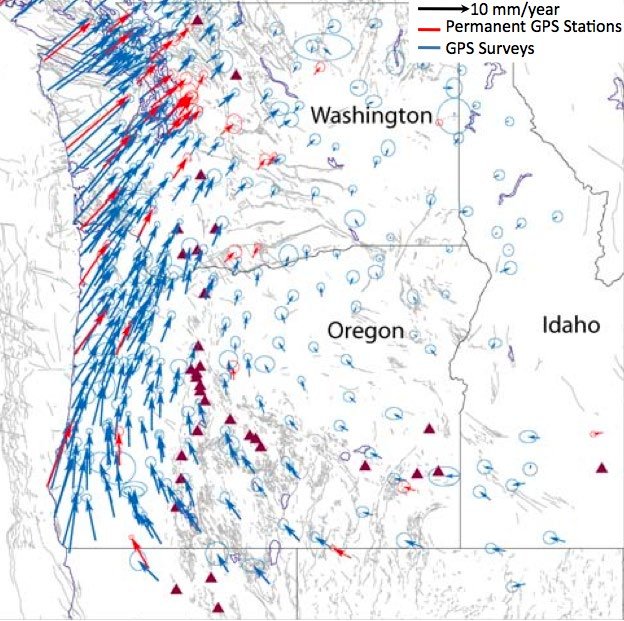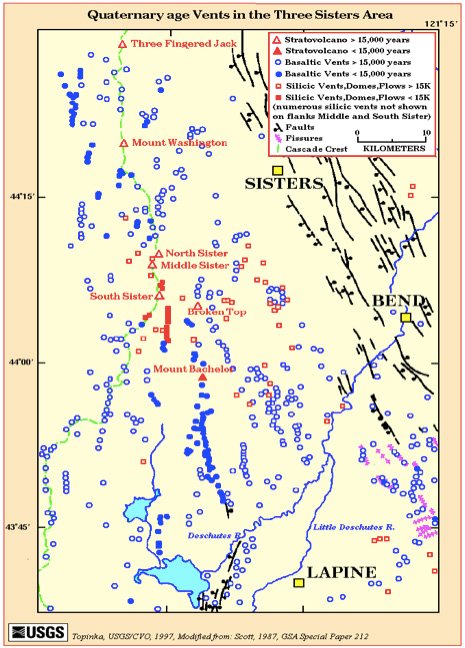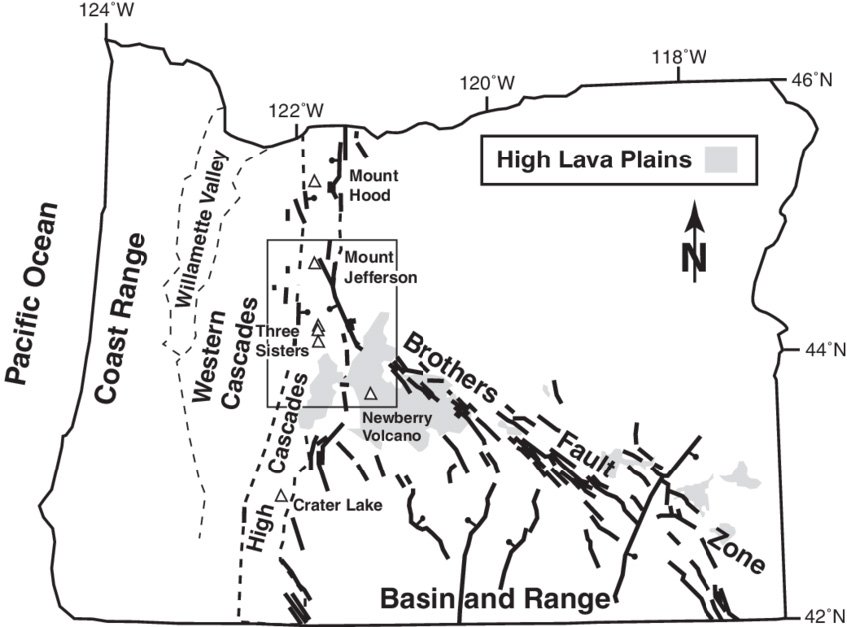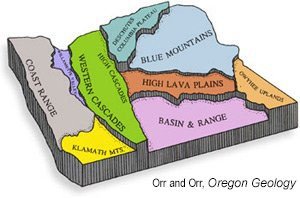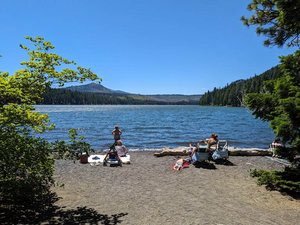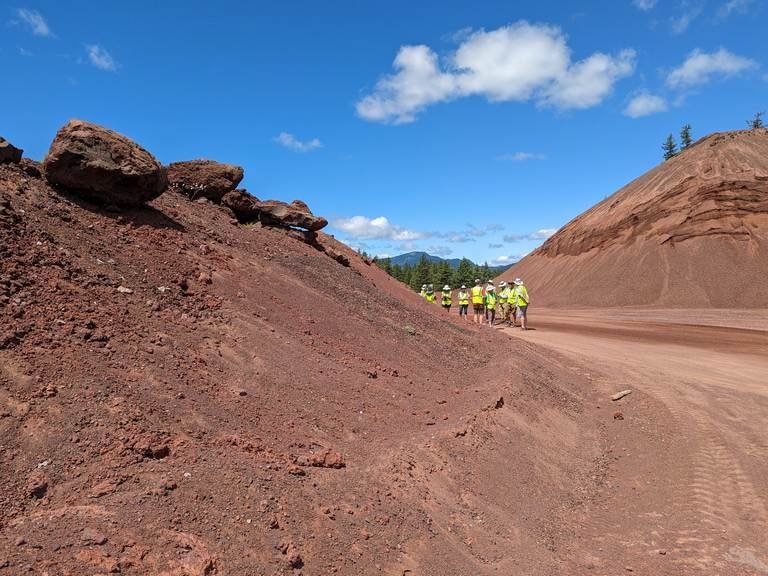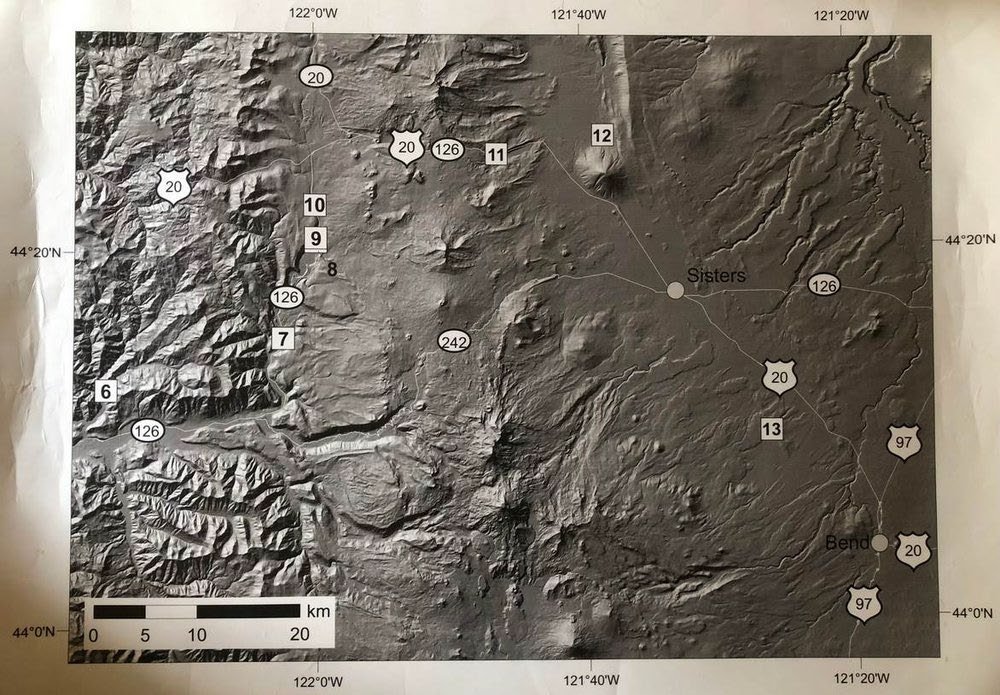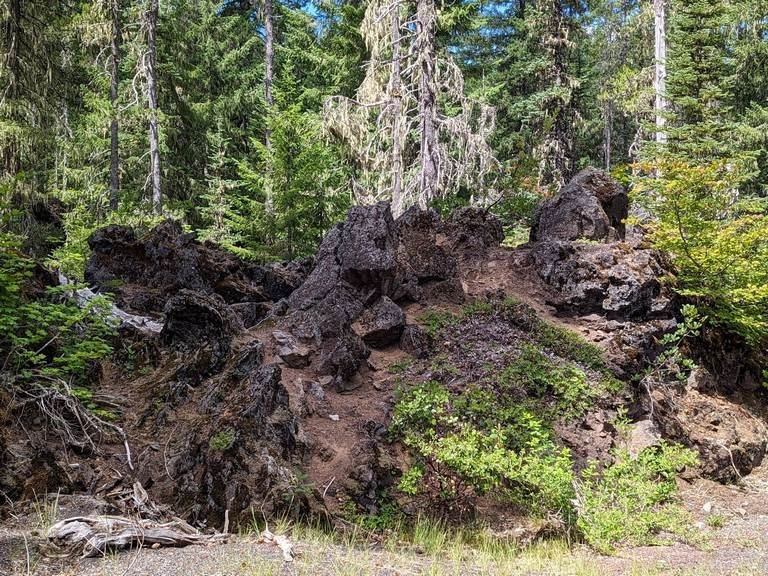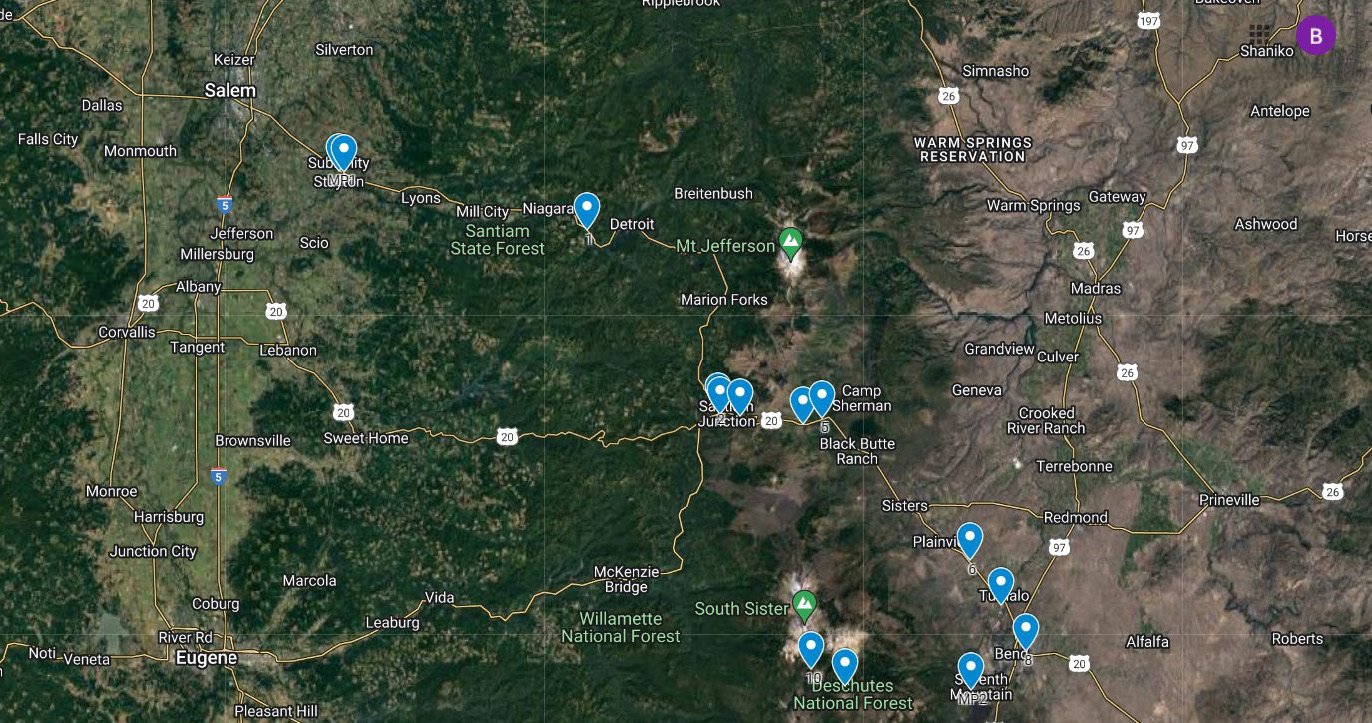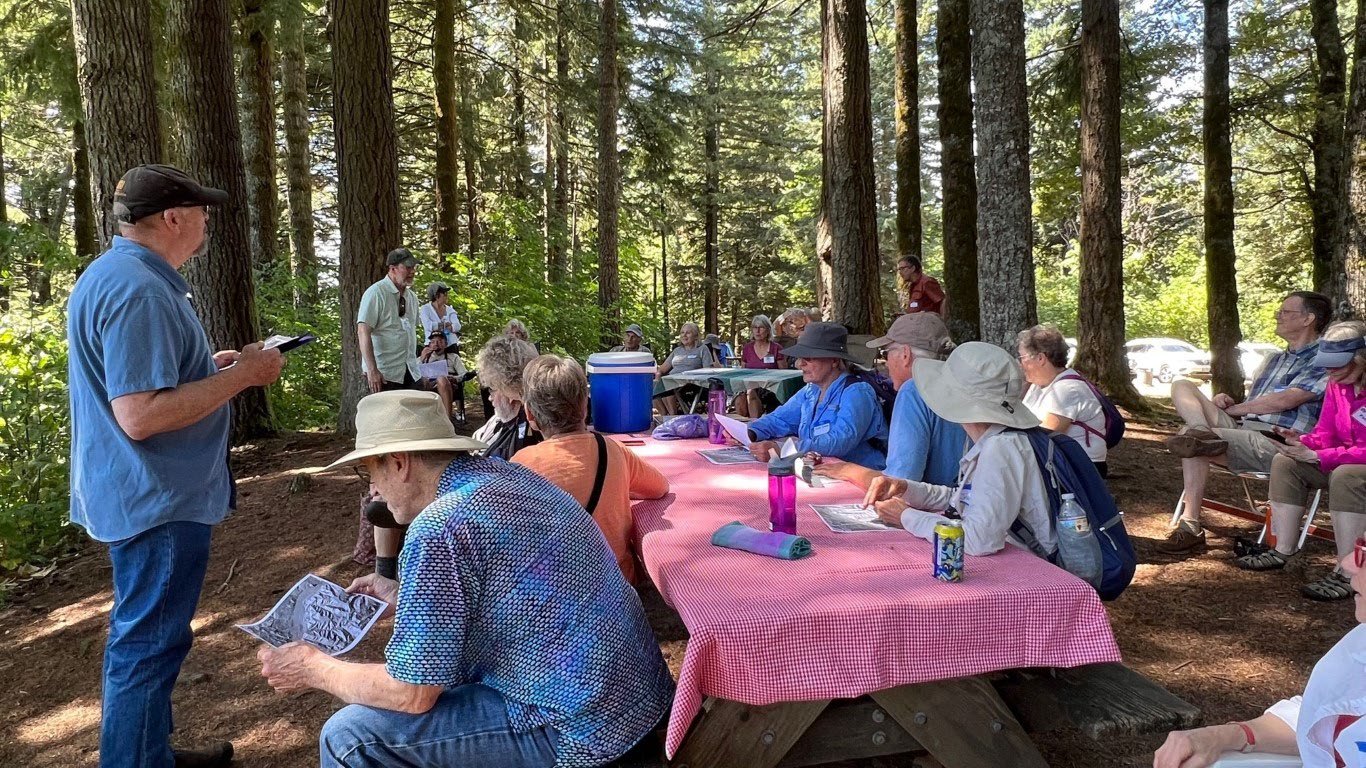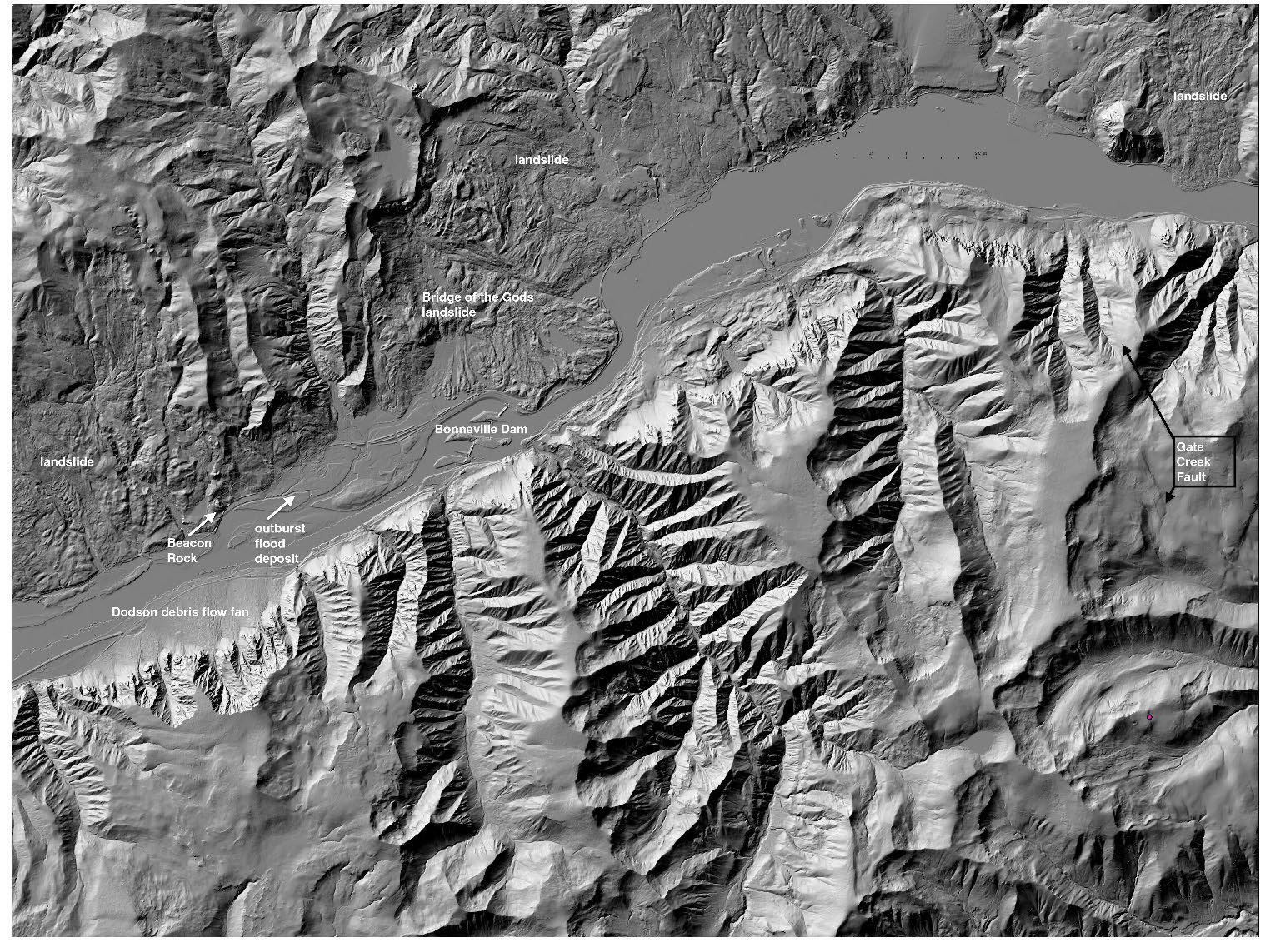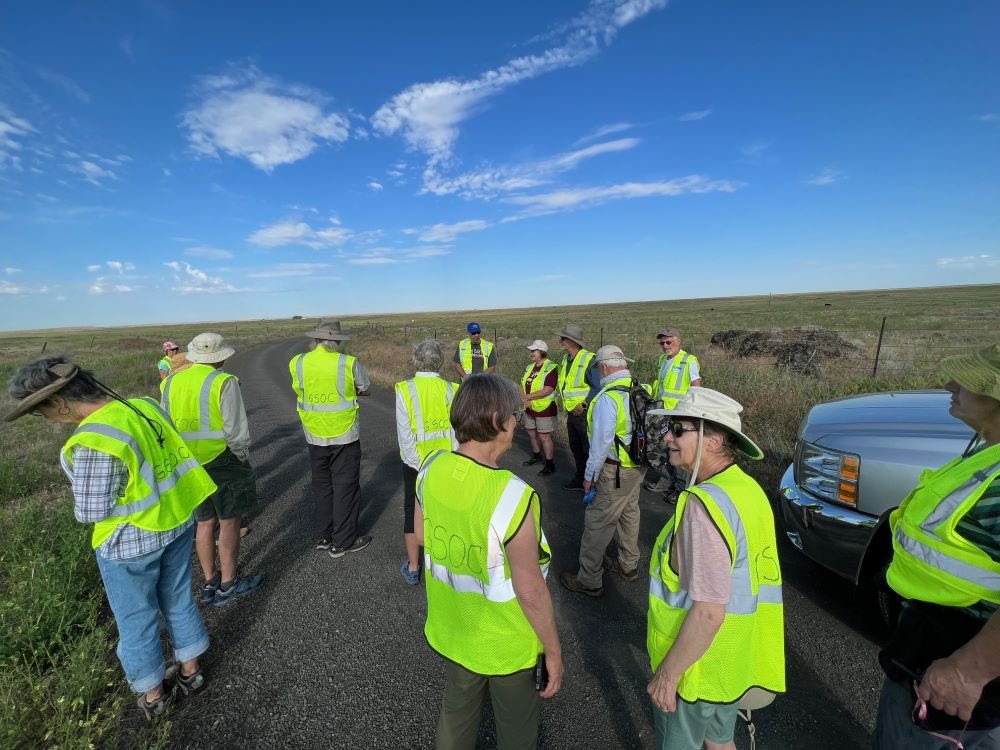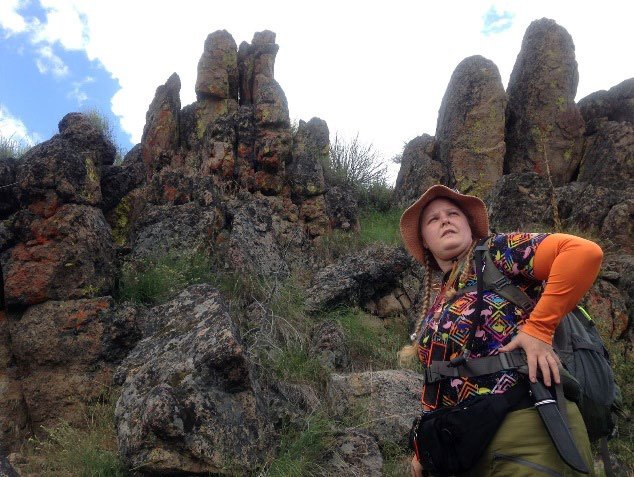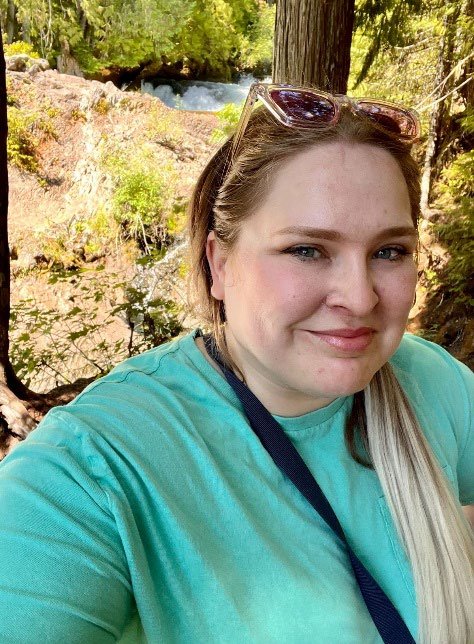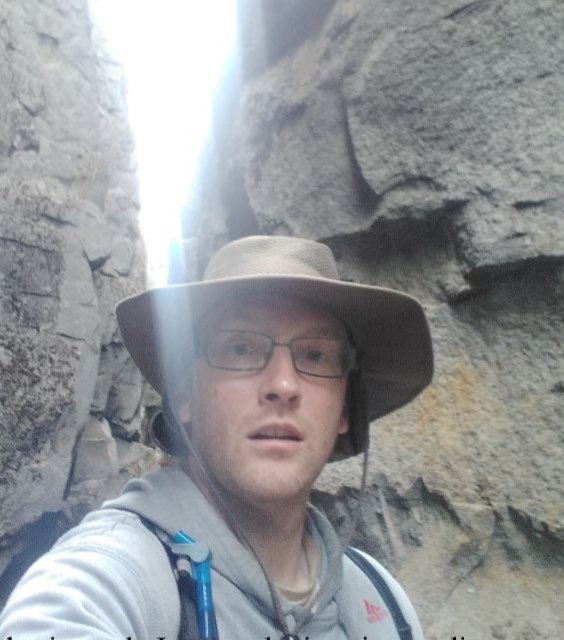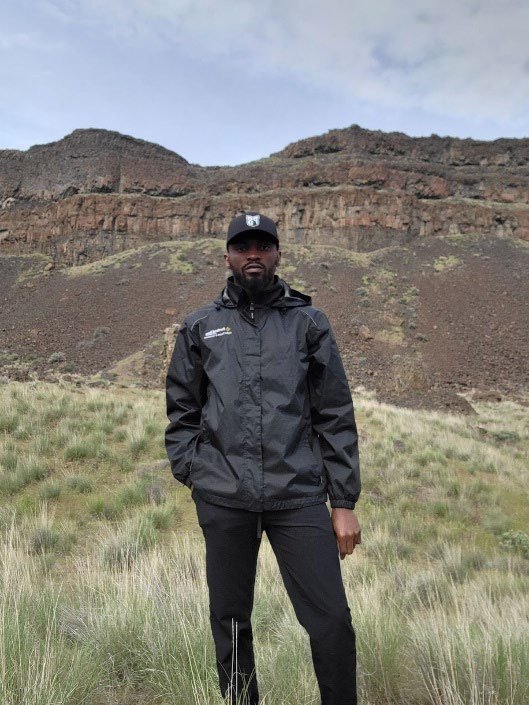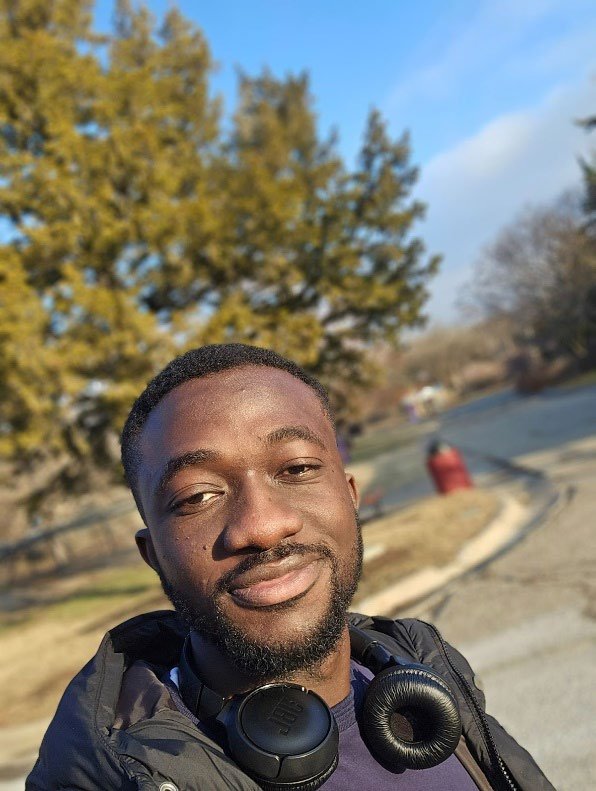Connie Battaile of Portland was a retired librarian, author, botany and geology enthusiast. She was a mother and a grandmother.
Connie was born in West Virginia and raised in Waldport, Oregon. She held a psychology degree from Oregon State College.
She lived for a time in Ashland, Oregon, and was involved with public service and policy organizations, including the League of Women Voters, the Ashland Citizens Budget Committee, and the Jackson County Planning Commission.
According to her official obituary, she “received her Masters in Library Science from the University of Hawaii and worked as a librarian at the Medford Public Library, Southern Oregon State College (now SOU) library, and Colgate University library (Hamilton, NY).”
Connie held a variety of interests and did a wide variety of projects in her life, including authoring two books on library science, being a hospice volunteer and instructor for classes on making final arrangements, an interest in gardening, plant identification and preservation, an interest in Buddhist meditation and an interest in geology. The latter led her to become a GSOC member.
Memorial contributions may be made to the Oregon Community Foundation.
Read More











